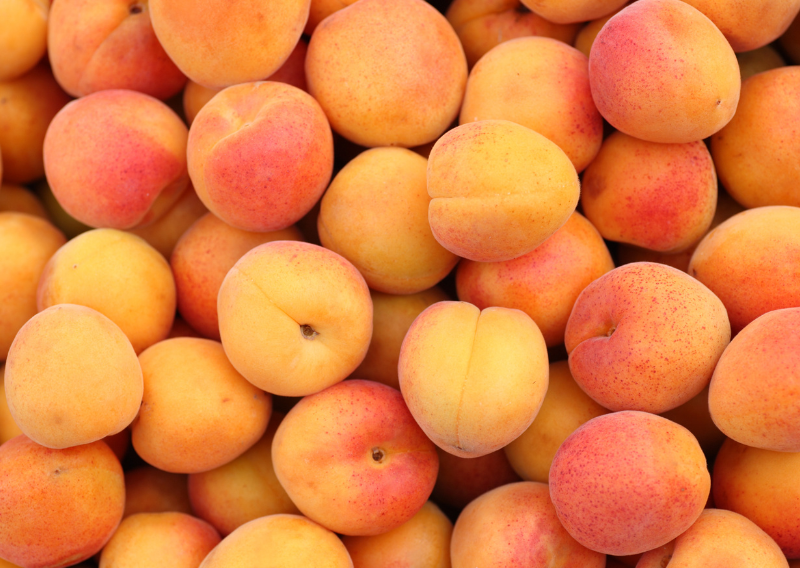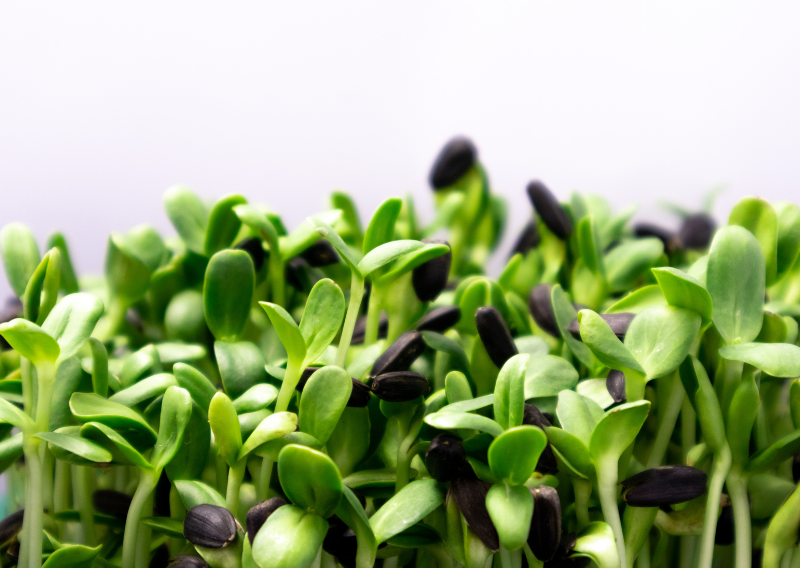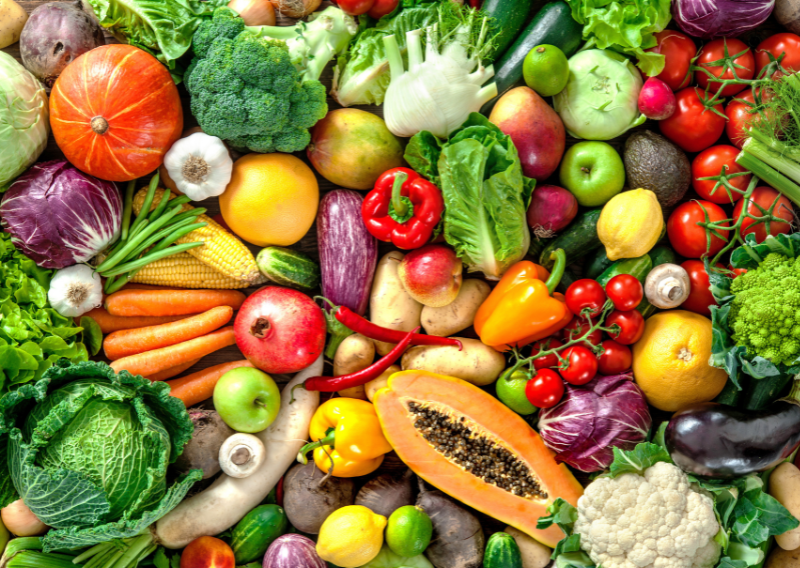
Easy And Delicious: How To Bake Nettle Plant-based Cake With Just A Few Easy Steps
As someone who practices a plant-based diet, I was really happy when I discovered that I could make a plant-based cake out of one of the most edible weeds. Yes, you read that right! I’m talking about stinging nettles, a nettle plant-based cake! After a quick 30-second blanch, they lose their stinginess. Nettles are packed with nutrients and benefits for your body, and you can use them to make delicious dishes like this healthy vegan cake!


The Health Benefits of Nettles
Before we dive into the recipe, let’s take a moment to appreciate the numerous health benefits that nettles bring to the table.
- Rich in Nutrients: Nettles are a fantastic source of vitamins and minerals, essential for overall health and well-being.
- Anti-Inflammatory Properties: Nettles contain compounds that reduce inflammation, making them beneficial for those with arthritis and other inflammatory conditions.
- Supports Digestive Health: High in fiber, nettles aid digestion and promote a healthy gut.
- Boosts Immune System: The high vitamin C content helps strengthen your immune system.
- Detoxifying: Nettles are known for their detoxifying properties, helping to cleanse the body of toxins.
- Improves Skin Health: The anti-inflammatory and antioxidant properties of nettles contribute to healthier skin.
Nettle Vegan Cake Recipe
Base Ingredients:
- 1 x Cup Walnut
- 1/2 x Cup Pumpkin Seeds
- 1 x Pinch of sea salt
- 5-6 x Tsp date paste
- 1 x Tsp maple syrup
Nettle Layer Ingredients:
- 2 x Cups nettle shots
- 1 x Cup cashews soaked for 4 hours
- 1/4 x Cup maple syrup
- 1/4 x Almond milk
- 1/2 x Lemon zest
- 1/2 x Lemon juice
- 1/2 x Cup melted coconut butter
Blueberry layer Ingredients:
- 1 x Cup frozen blueberries
- 1 x Cup cashews soaked for 4 hours
- 1/4 x Cup maple syrup
- 2 x Tbsp almond milk
- 1/2 x Lemon zest
- 1/2 x lemon juice
- 1 x Tsp Vanilla
- 1/2 x Cup melted coconut butter
Base Recipe:
- Collect nettles (I usually forage them along the river)
- Blanch nettles for 30 seconds and rinses in cold water
- Drain them and set aside
- Mix 1/2 x Cup Pumpkin Seeds and 1 x Cup Walnut and blend them using a blender
- Add 5-6 x Tsp of date paste and 1 x Tsp maple syrup
- Mix by hand spread evenly in a container and place in the fridge
Nettle Layer Recipe:
- Soaked 1 x Cup cashews for 4 hours and put in a blender then add nettles
- Add 1/2 x Lemon juice and 1/2 x Lemon zest
- Add 1/4 x Cup maple syrup and 1/4 x Almond milk
- Add 1/2 x Cup melted coconut butter
- Blend all together and spread evenly into the base
- Cover and freeze then add a blueberry layer
NOTE: make sure each layer is set before adding a new one
As gardeners, we have the unique opportunity to connect with nature and bring its gifts into our kitchens, and this nettle vegan cake is the perfect example. It’s also a great activity to do with your family and friends to show each others’ baking skills. So why not enjoy a slice of cake that’s as good for your health as it is for your taste buds?
Happy baking!






















